The Country of Wicklow is the most beautiful region located in Ireland. It is known for its ancient traditions and heritage. It displays the finest of European medieval history, from buildings to museums all around the country. More than this, there are breathtaking mountains and valleys, offering fantastic sceneries. Wicklow has always been a popular destination for travellers who want to explore the insides of Ireland. Planning a vacation to Ireland? Add the country of Wicklow to your bucket list. We present to you the top things to do in Wicklow.
Also read: The best ever 10 days travel itinerary to Ireland
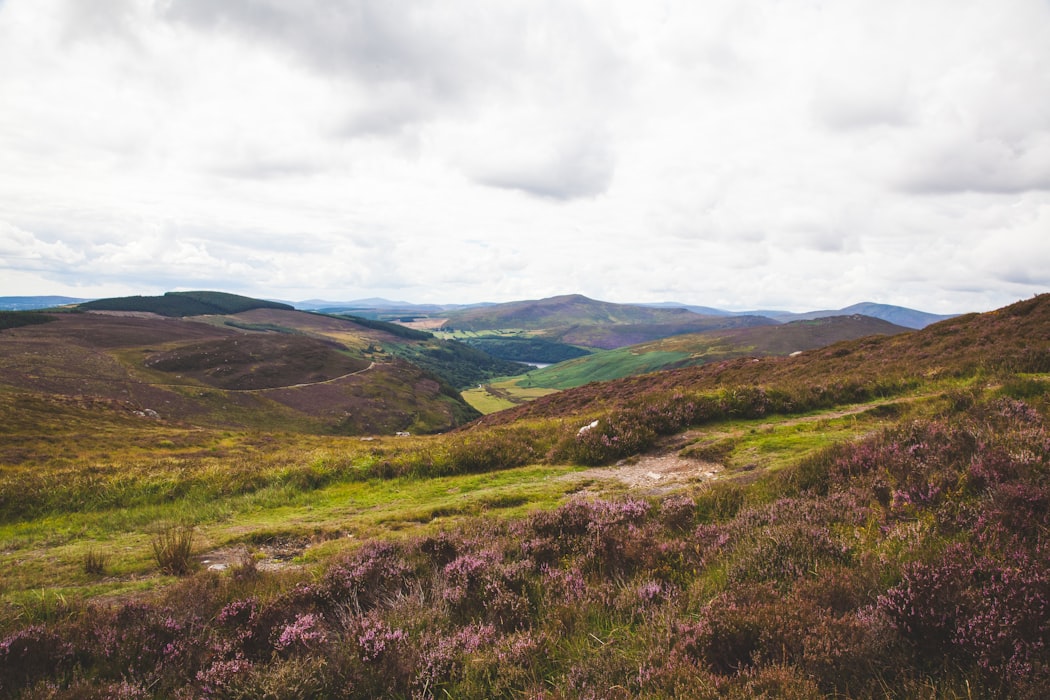
Things to do in Wicklow, Ireland
1. Wicklow National Park
The Wicklow Mountains are spread across the borders of Ireland. Famous for its granites, the mountains are so long that it shares it with other countries as well. The Wicklow National Park is the largest park in Ireland. With fast-flowing streams, narrow mountain roads and thick forest plantations, you can enjoy many photogenic locations here. Spread across 20 thousand square kilometres, the park is a perfect relaxation spot. Go camping, enjoy hiking and you will find the mountains to be an absolute delight in Wicklow.
Also read: A Guide To Apply Ireland Visa For Indians – Happy Travelling!
2. The religious city of Glendalough
Many countries located in the European region have the touch of the medieval era. Located near the County Wicklow is a beautiful city called the Glendalough. Originally founded by St.Kevin, it was soon turned into a city that teaches religious learnings. The city has many religious monuments which pull in tourists from all over the world.
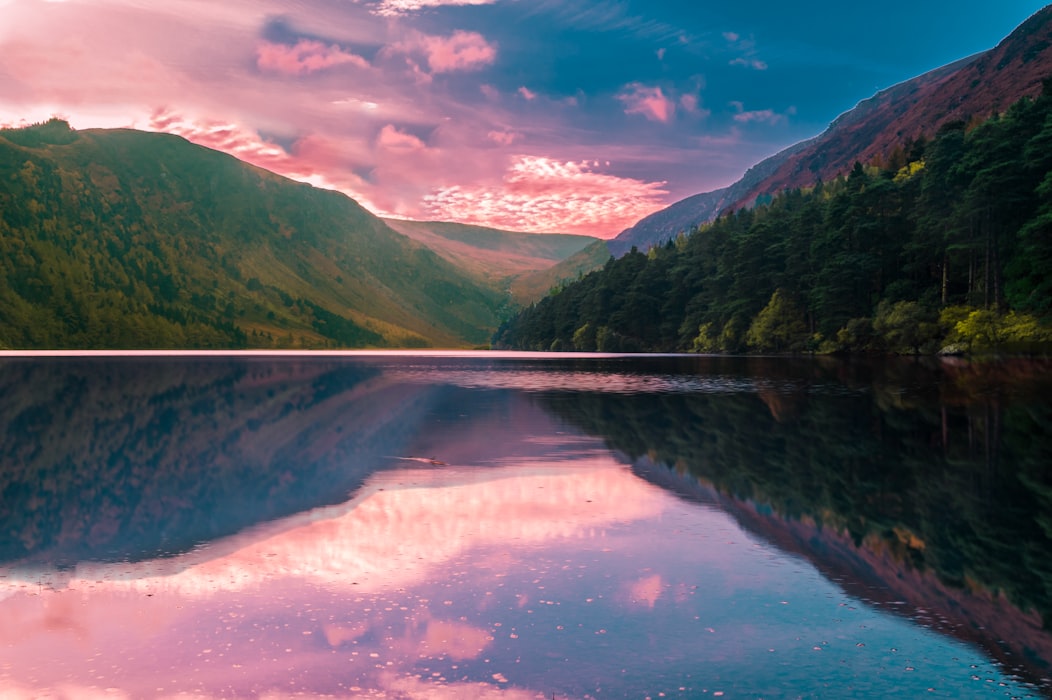
3. Oldest Weaving Mill
Ireland takes pride in its culture and traditions. No matter how aged things are, they preserve it and fill it with love. One such preserved spot is the weaving mill of Ireland. Visit the Avoca Handweavers, a famous brand and one of the oldest companies in the entire world. Note the finest quality and how it has been surviving for this long. Located near the banks of river Acova, the mill organises free tours for all tourists. Enjoy their tours and keep yourself hydrated by having a cup of coffee. Above all, you can also grab a snack at their in house award-winning cafes.
4. Wicklow Way
At Wicklow way, go on a hiking trail which is about 130 kilometres long. One of Ireland’s most popular trail, the path goes all the way from County Wicklow to County Carlow. Though the hiking cannot be finished in one single day, you can plan your days in parts. It takes roughly about 5 – 7 days to finish this. But if you are not too interested in covering the entire path, try a particular section just for a day and see how it refreshing it feels.
5. Powerscourt Waterfall
Powerscourt waterfall is a famous tourist spot in Ireland. The 121-metre high waterfall is located in the Powerscourt Estate. This mini-park themed attraction has different walking trails, picnic spots to chill and relax. Visit here in the afternoon and enjoy a pleasant evening filled with laughter.
6. Sugarloaf
Sugarloaf is a 501-metres long mountain, where you can plan for hiking during your holiday. As you reach the summit of the mountain, enjoy the undisturbed view of the surroundings. If you are lucky enough, and if the weather is pleasant, you might be even able to spot Howth, a city in North Dublin.
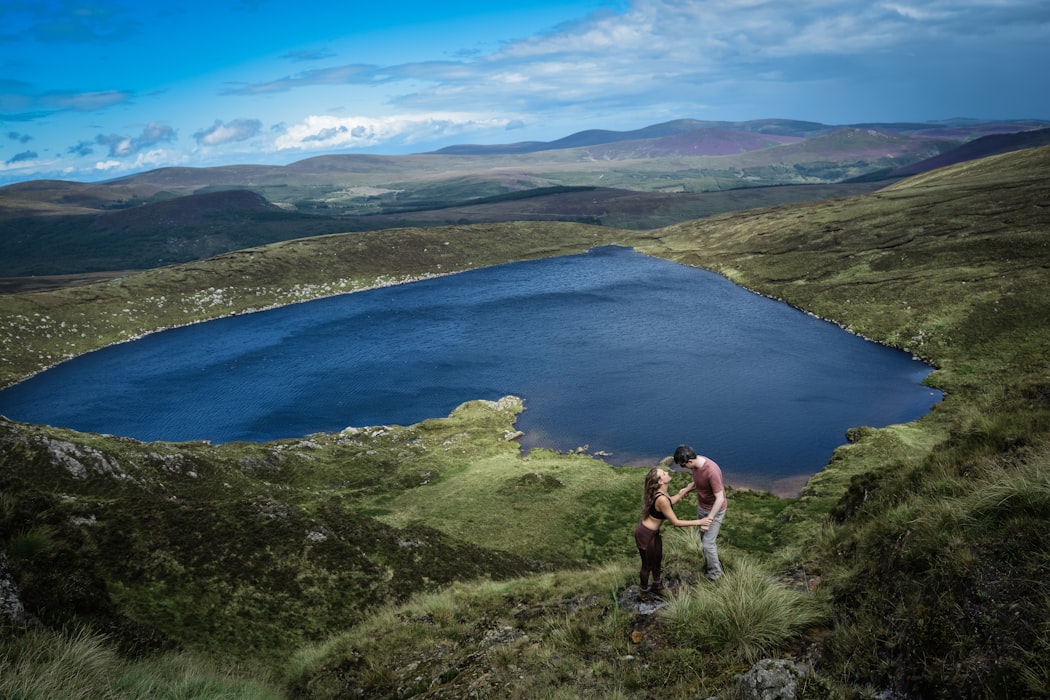
Can’t wait to travel to Ireland? We at Pickyourtrail help people with customizable itineraries for all your dream destinations. Visit our website and start planning that long dreamt vacation of yours. Need more help? Drop us a Whatsapp message and a member of our team will get back to you with best itineraries to Ireland and the United Kingdom.
Related Itineraries
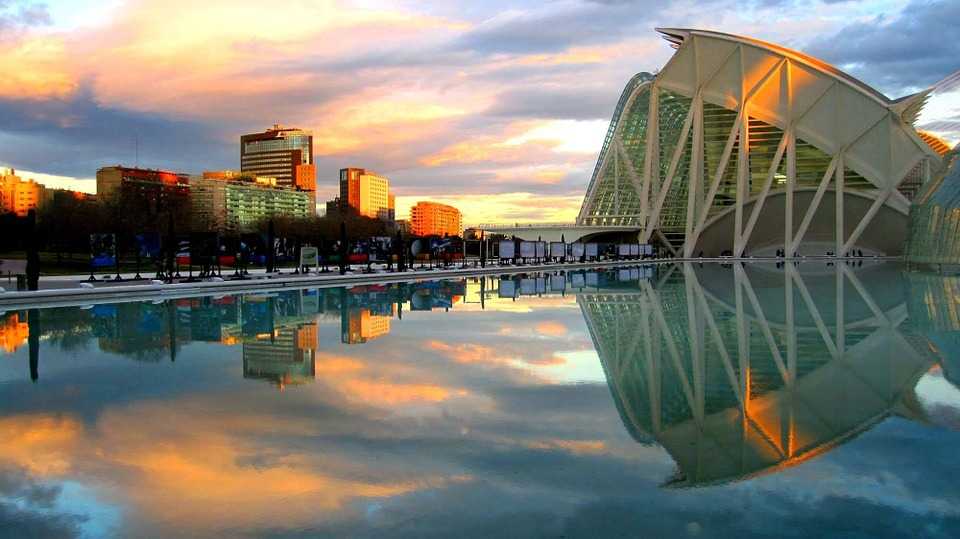
Ring in the New Year: 6 Nights Exploring Madrid, Valencia, Toledo & Barcelona
- Flights excluded
- 2 star accommodations
- 6 activities
- Shared transfer
₹ 77,123
Starting price/person
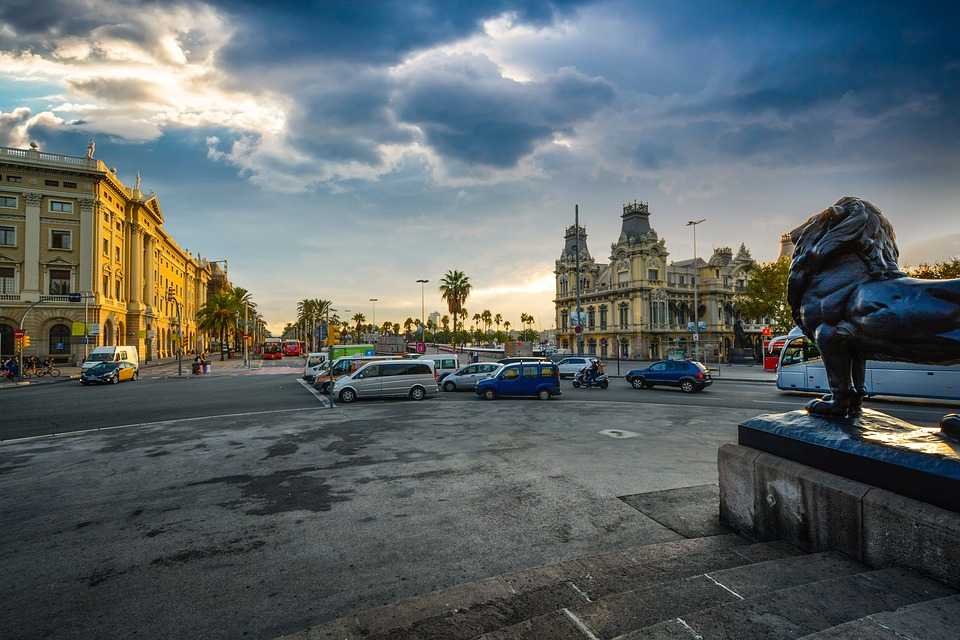
New Year Magic in Spain: 8 Nights Across Seville, Madrid, and Barcelona
- Flights excluded
- 1 star accommodations
- 6 activities
- Shared transfer
₹ 1,13,592
Starting price/person

Enchanting Europe Tour
- Flights excluded
- 3 star accommodations
- 5 activities
- Shared transfer
₹ 1,36,529
Starting price/person
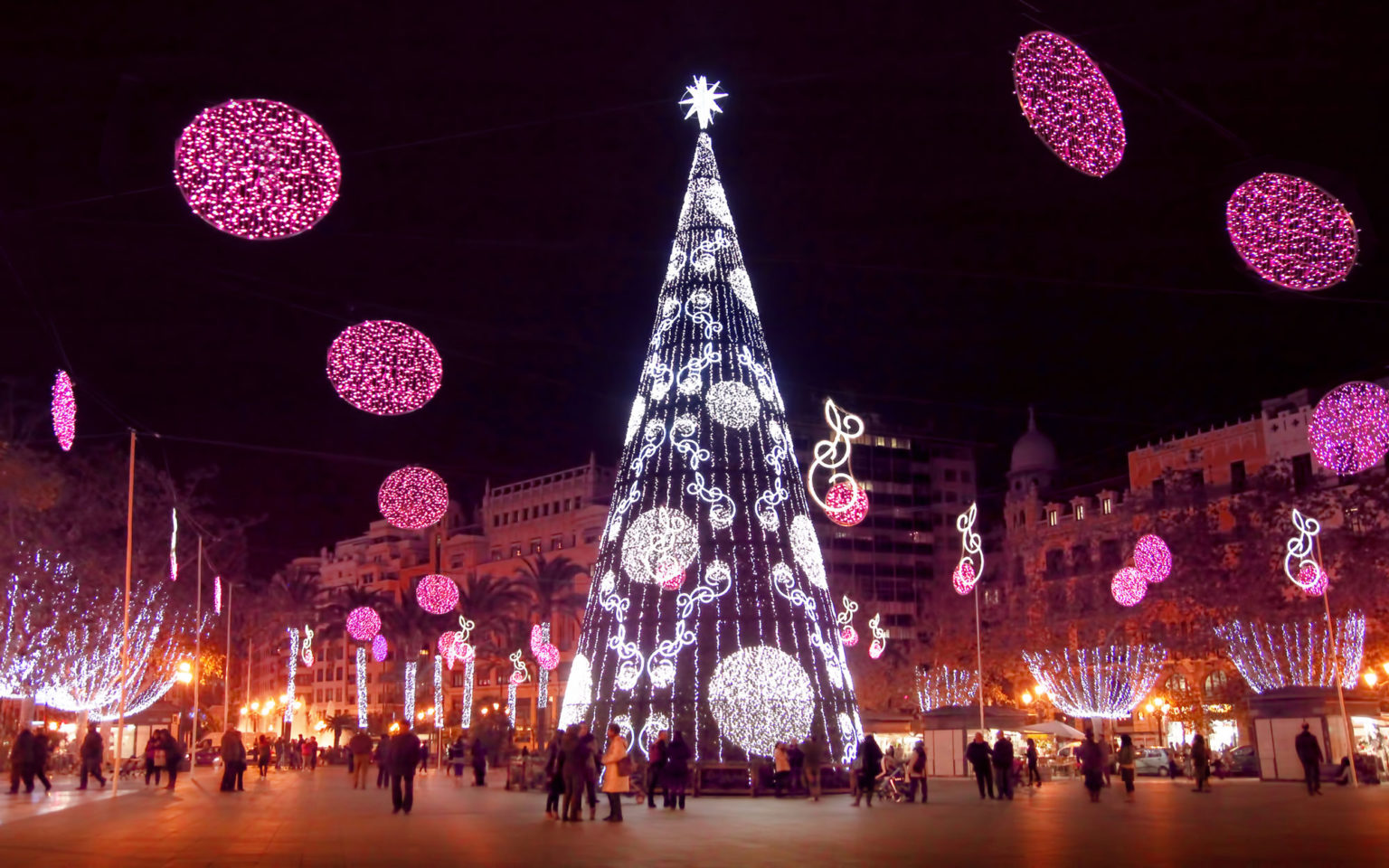
Merry Christmas in Madrid, Seville & Toledo: 6 Nights of Spanish Holiday Magic
- Flights excluded
- 3 star accommodations
- 4 activities
- Shared transfer
₹ 1,57,728
Starting price/person
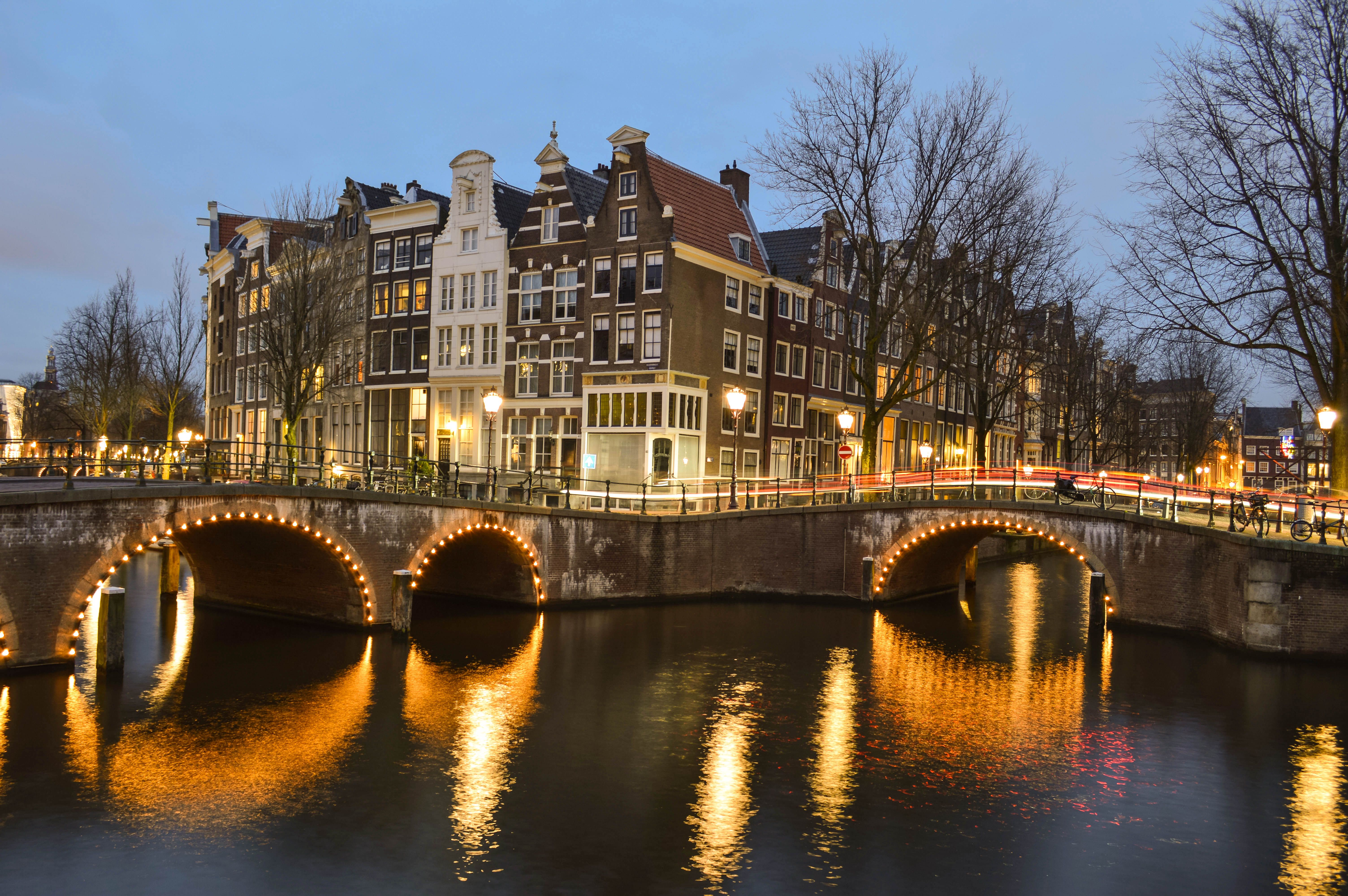
European Escapade
- Flights excluded
- 3 star accommodations
- 3 activities
- Shared transfer
₹ 1,00,540
Starting price/person
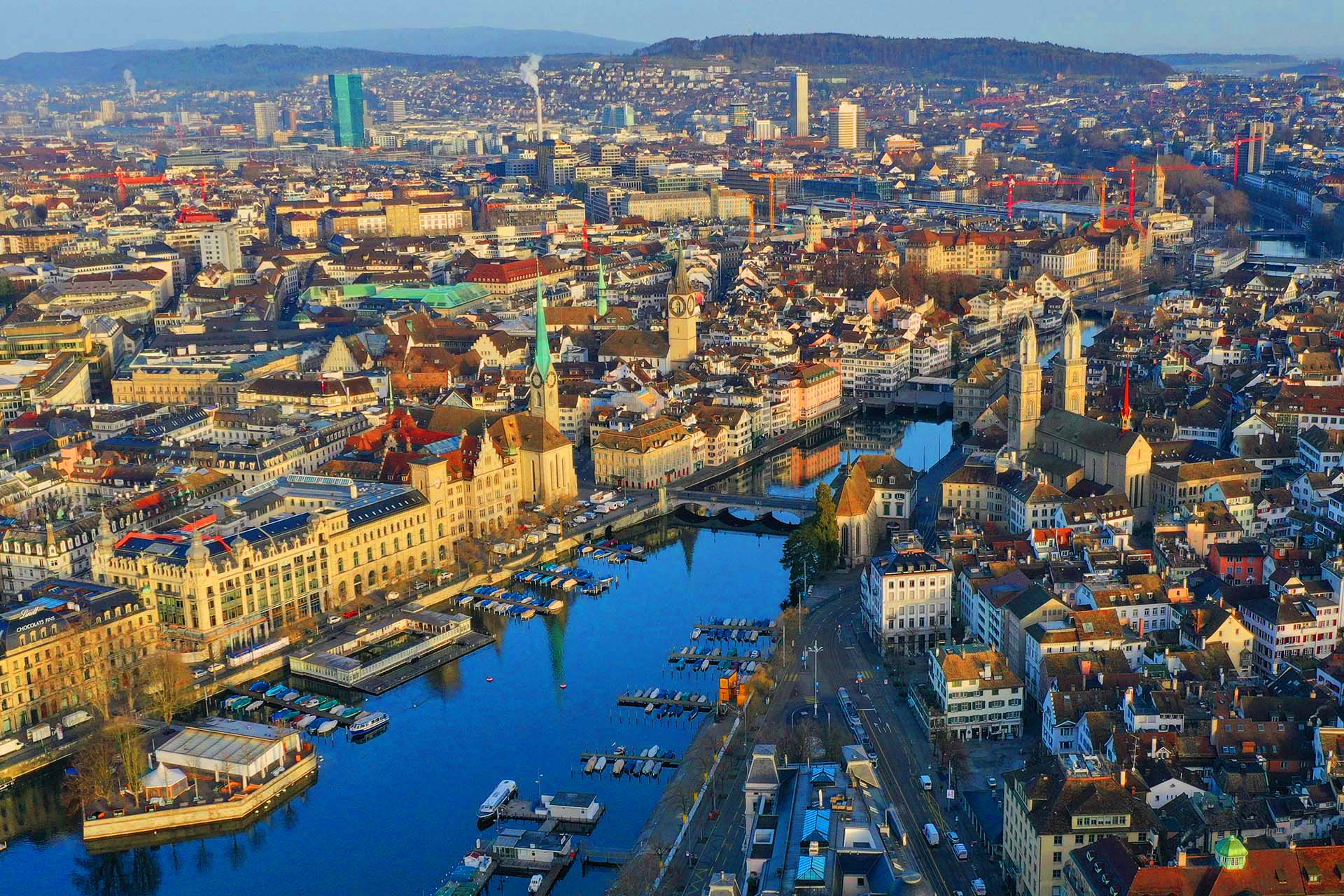
9 Days Swiss & Lyon Packages For Couple
- Flights excluded
- 5 star accommodations
- 5 activities
- Shared transfer
₹ 1,66,082
Starting price/person
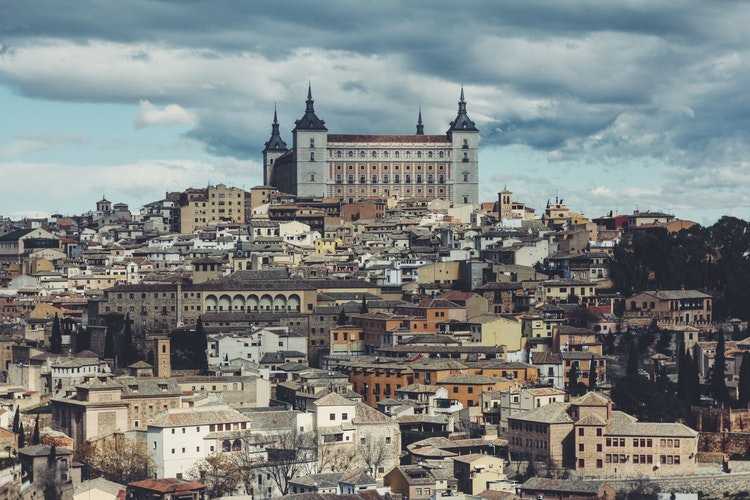
Celebrate Christmas Across Spain: 10 Nights from Barcelona to Madrid
- Flights excluded
- 1 star accommodations
- 12 activities
- Shared transfer
₹ 2,15,751
Starting price/person

Europe Tour with Lisbon, Lagos - Portugal, Seville, Tenerife and Barcelona
- Flights excluded
- 4 star accommodations
- 5 activities
- Private transfer
₹ 1,87,240
Starting price/person
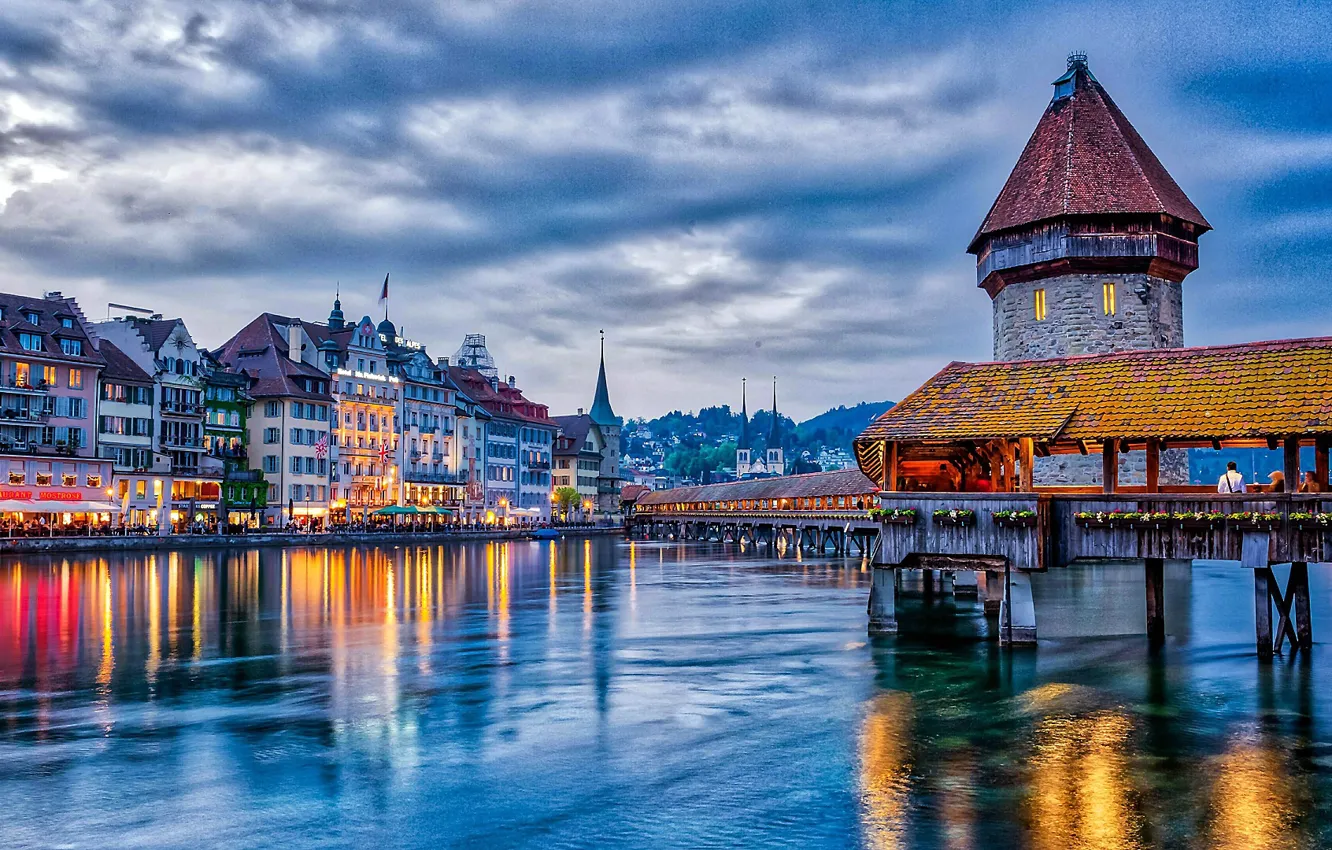
Switzerland Couple Trip Packages For 10 Days
- Flights excluded
- 3 star accommodations
- 6 activities
- Private transfer
₹ 1,68,750
Starting price/person

Alluring Europe Tours - Rome; Venice; Innsbruck; Vienna
- Flights excluded
- 4 star accommodations
- 5 activities
- Shared transfer
₹ 1,39,035
Starting price/person


